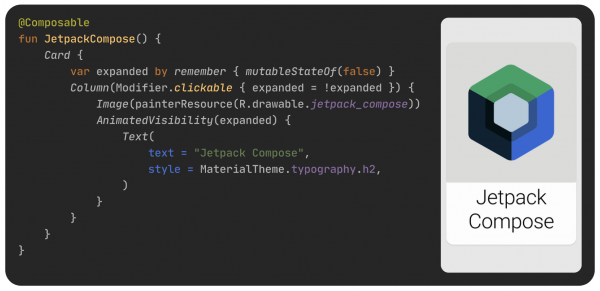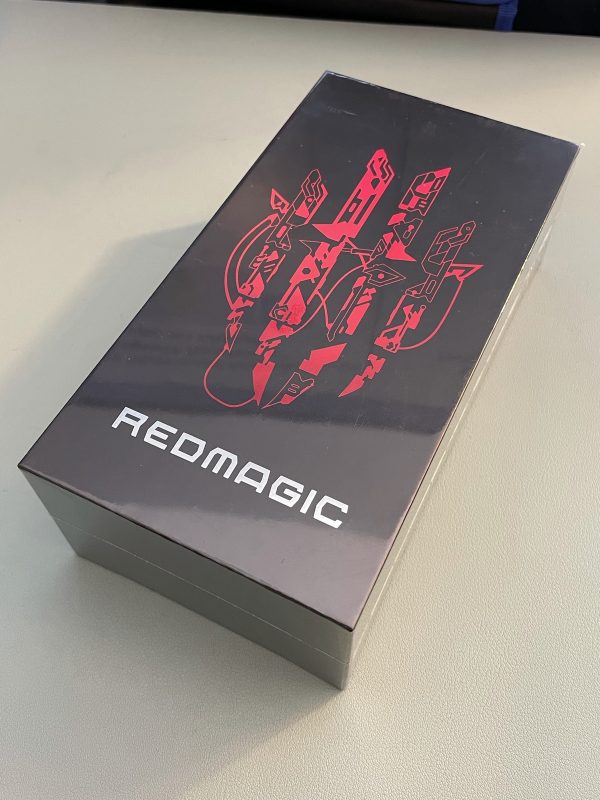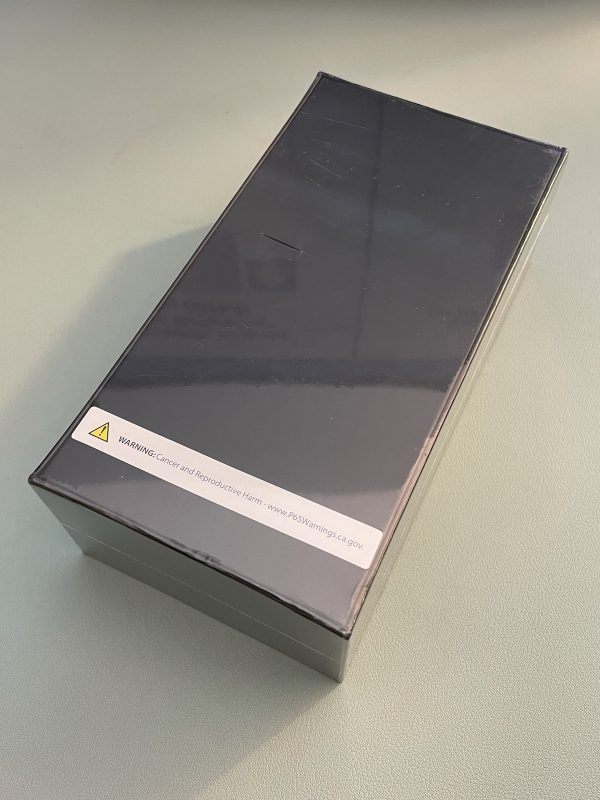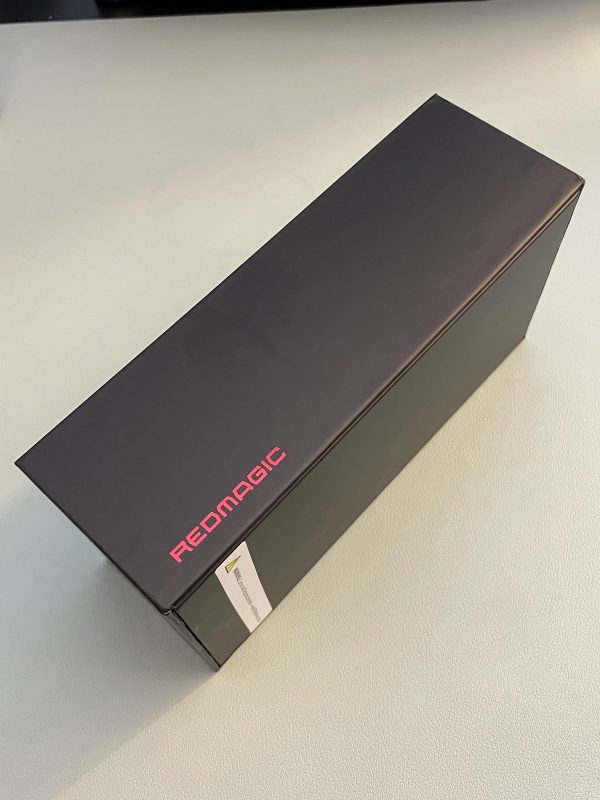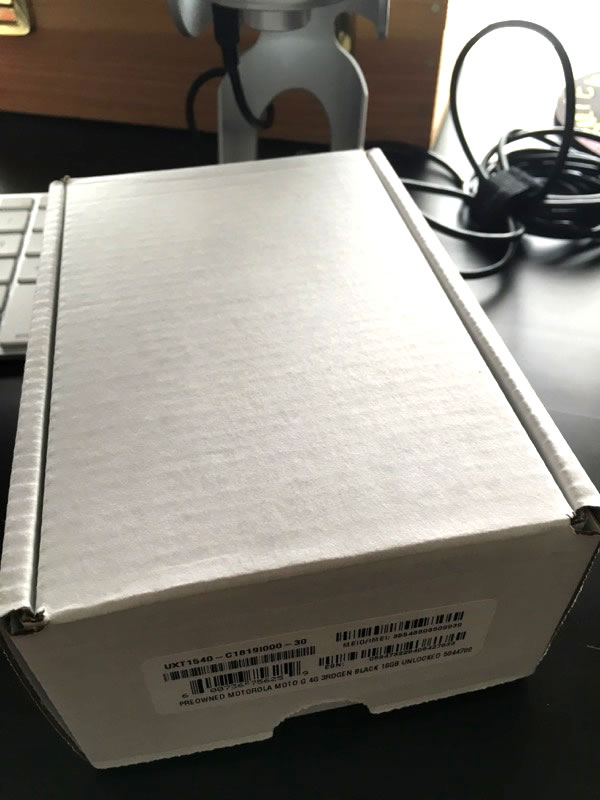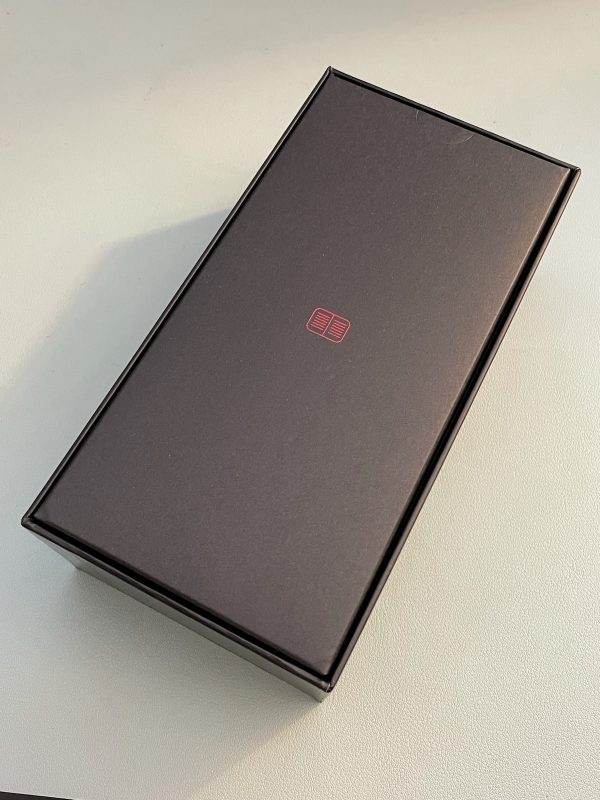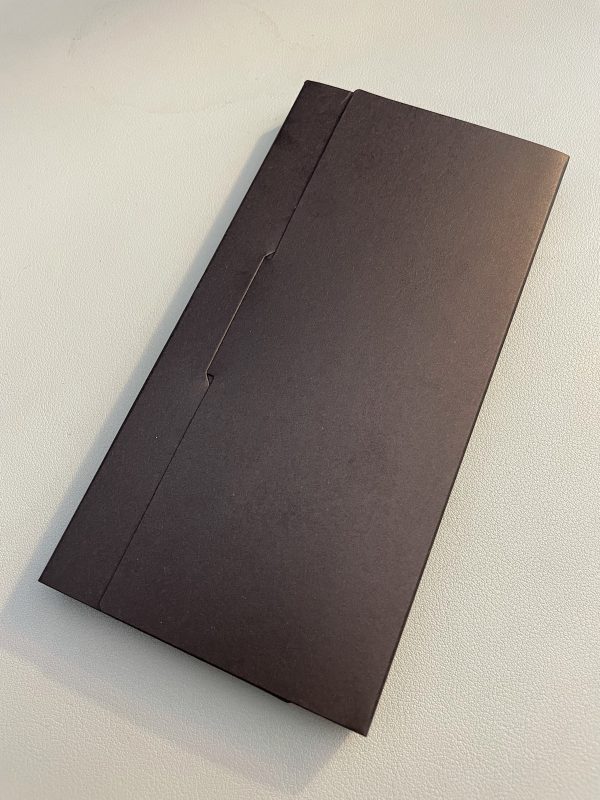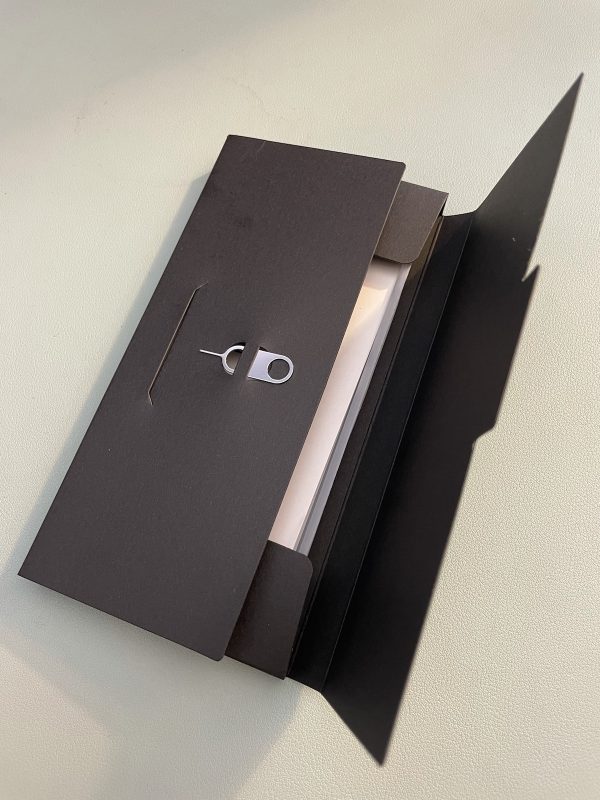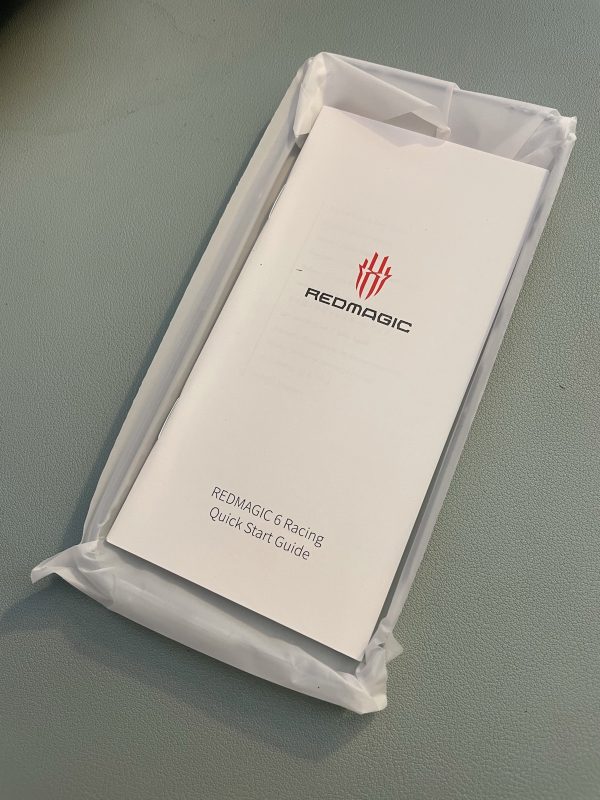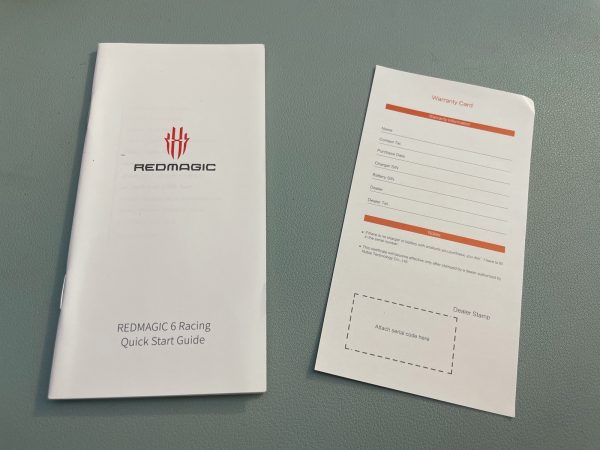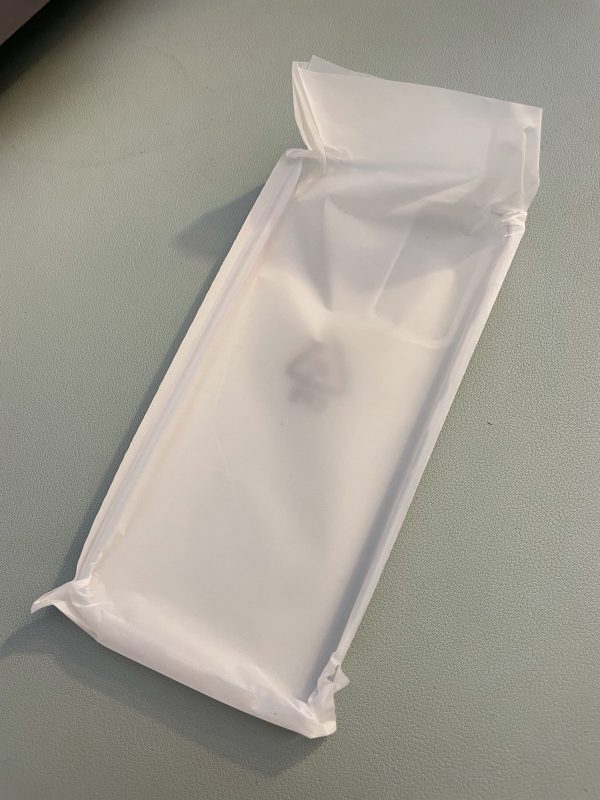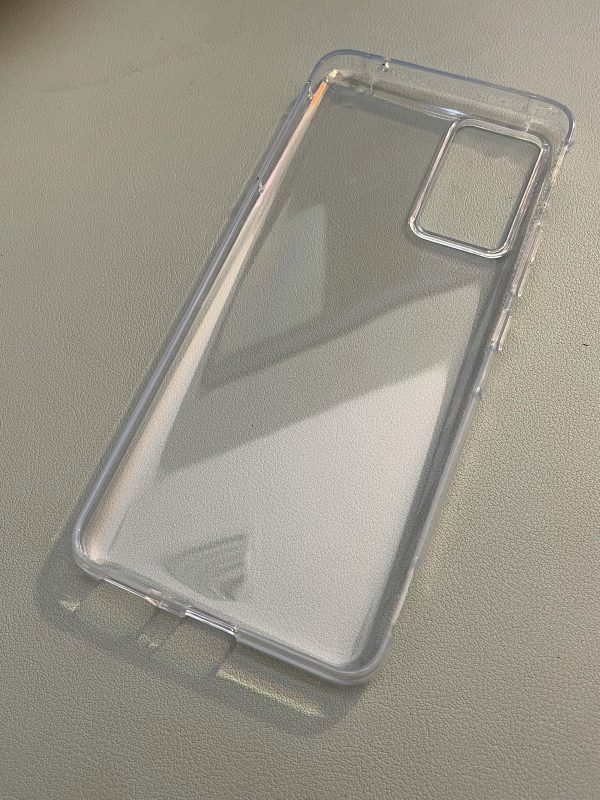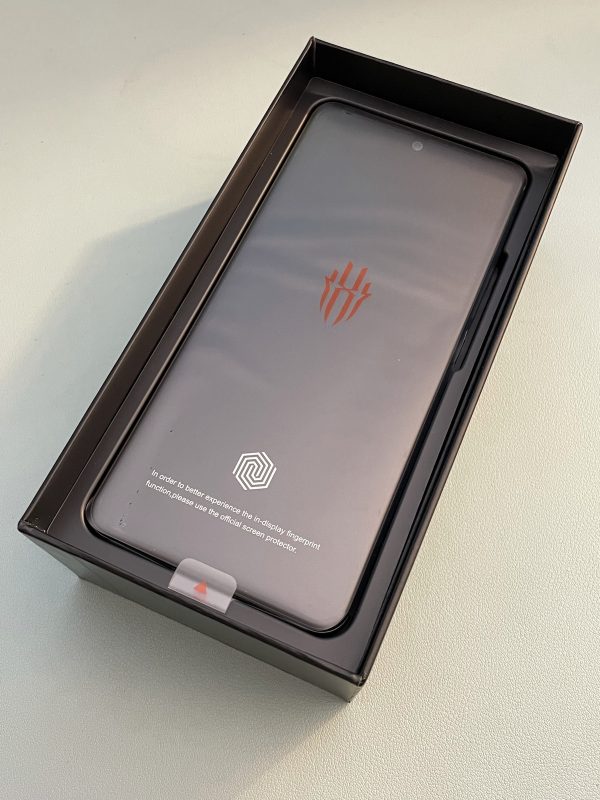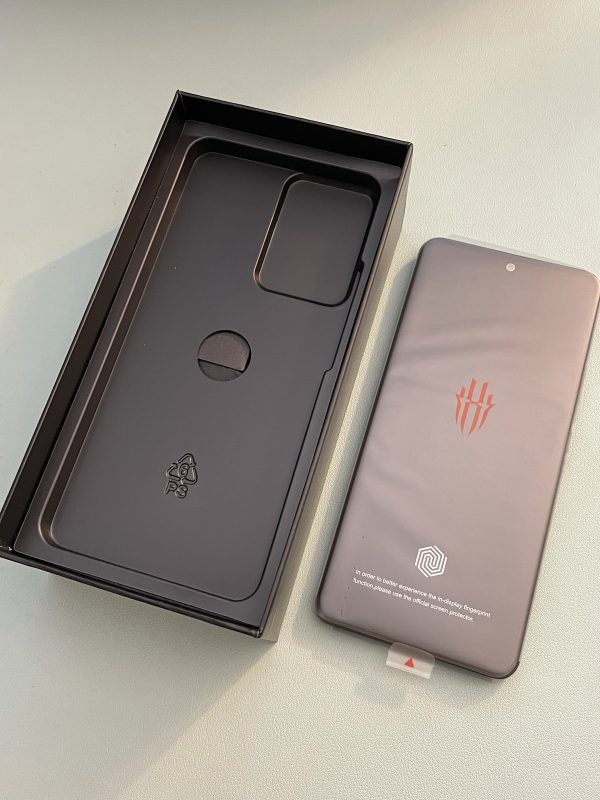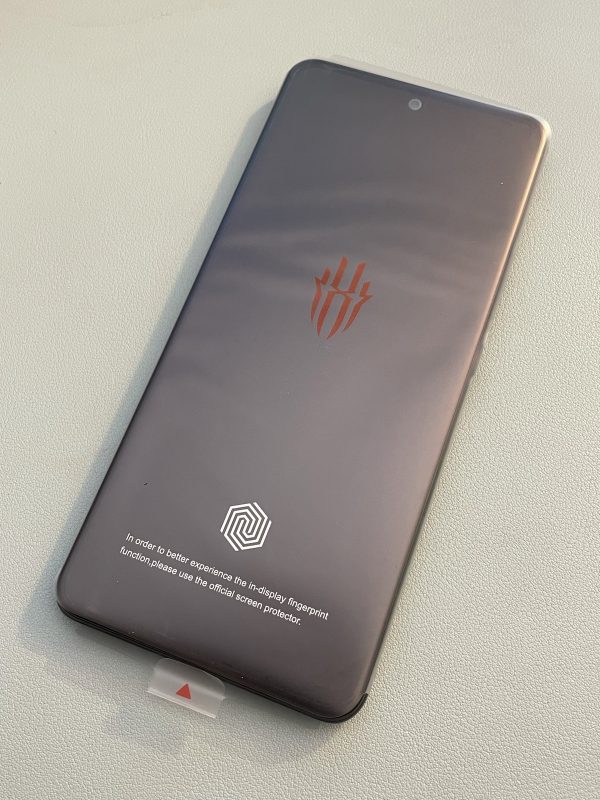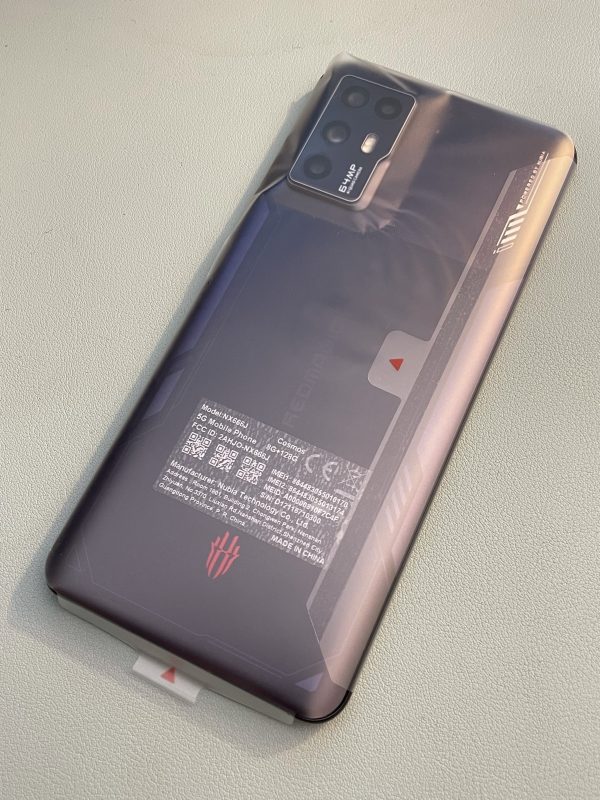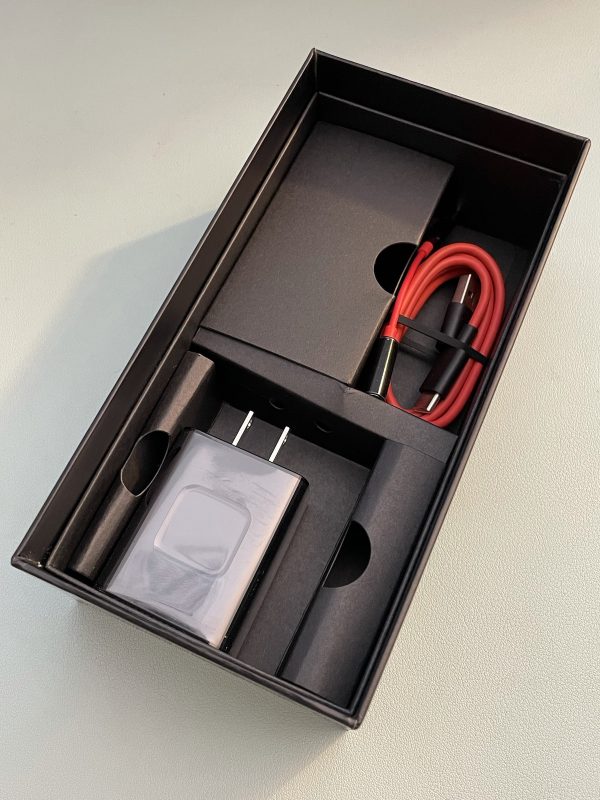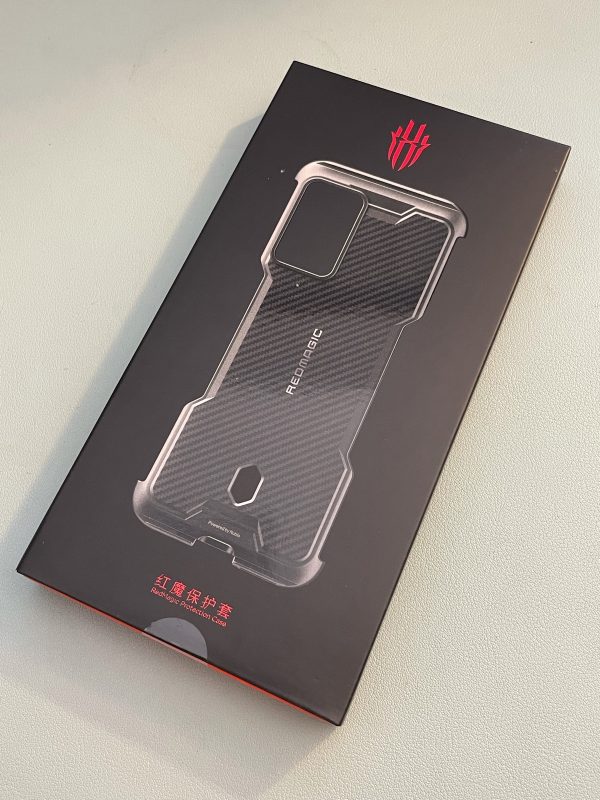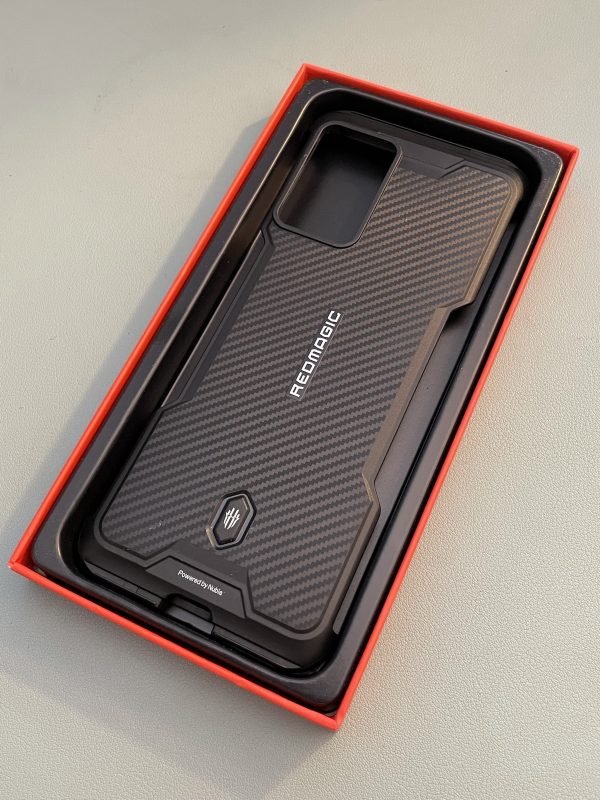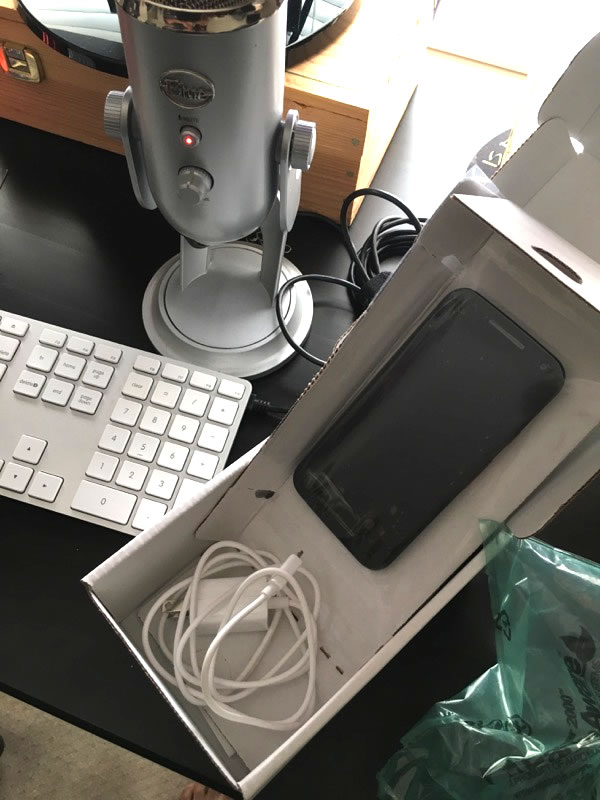
Androids: The Team That Built the Android Operating System is a new book written by Chet Haase, a long-time lead on the Android UI toolkit team, and more recently, an Android developer advocate.

Haase has been on the Android team since 2010, which is back when it was still considered to be the “wild card” in the race for mobile OS dominance. This gives him serious “in the room where it happened” cred, as well as access to people, photos, documentation, and other behind-the-scenes information about the creation of a operating system that now drives over 3 billion active devices today.
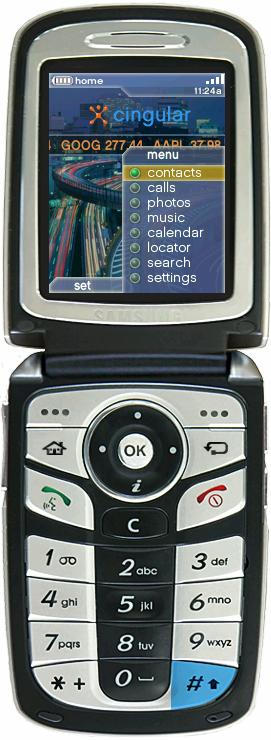
Android wasn’t originally meant to be a phone OS. The original plan was for it to be an advanced OS for digital cameras, which were more common back in the early 2000s, and it’s the use case they presented to investors in early 2004.
It was later decided that the camera market wasn’t big enough, and that Android should aim for the same space occupied by the big mobile operating systems at the time: Symbian (the most popular mobile OS until 2010) and Windows Mobile. They courted Samsung and HTC, but in July 2005, Google made the prescient decision to acquire Android for $50 million. According to Wikipedia, this move was described in 2010 as Google’s “best deal ever” by their then VP of corporate development, David Lawee, to whom I reported during the dot-com era at OpenCola.

Androids is an insider’s history of the Android operating system, but Haase also promises that it won’t be above a non-techie’s head:
Instead, it’s a history: It describes the events, stories, experiences, thinking, and decisions made by the Android team, most notably in the early days, well before the present-day concept of a smartphone existed.
Want to find more about the book? Check out these articles:
- Ars Technica — Review: Androids is a developer commentary track for the Android 1.0 era
- Ars Technica — Excerpt: How Google bought Android—according to folks in the room
- Android Police — Get the inside story of Android in this lovingly crafted book by Googler Chet Haase
- 9to5Google — ‘Androids’ book tells the story of the early history of Google’s mobile OS
Want to get the book? There are a couple of ways to do so:
- Via Google Play, where it will be available tomorrow as a Google-generated PDF, Monday, August 16th.
- Via Amazon, where it will be available tomorrow for download to you Kindle device or application, Monday, August 16th
The book will also be available in paperback form.
Here’s another reason to buy the book: Haase is donating profits from the book to Black Girls Code and Women Who Code.







